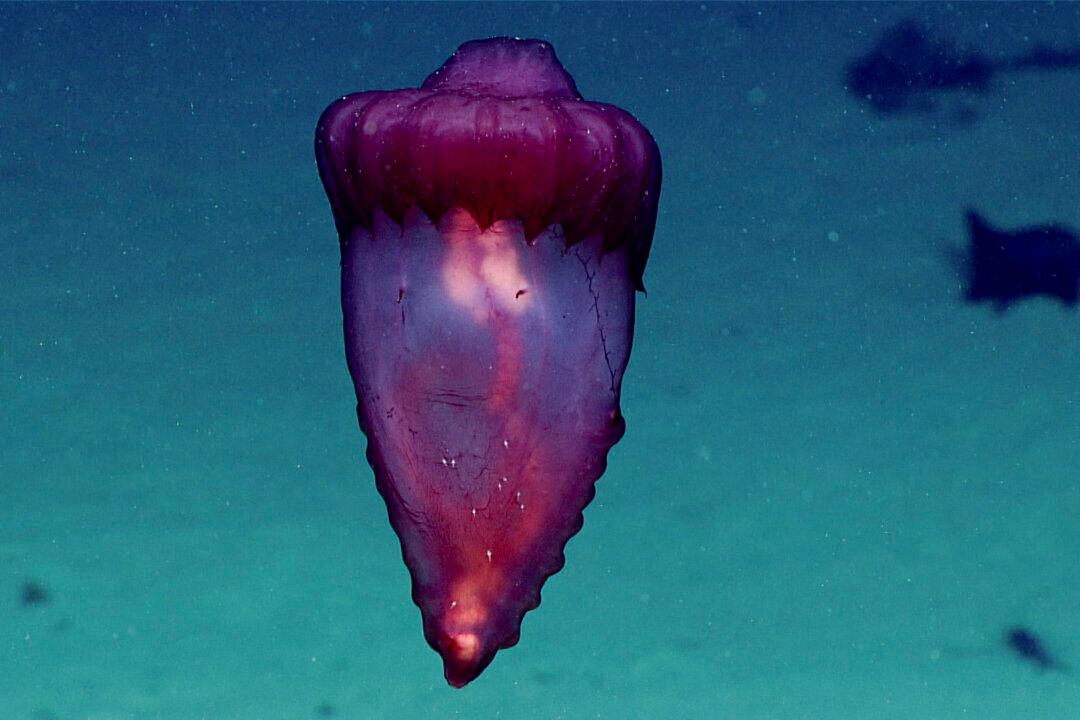SAN JUAN, Puerto Rico—A rarely seen shark embryo. Corals up to 7 feet (2 meters) high. Sponges with sharp edges.
These were among the hundreds of findings reported by U.S. scientists who have wrapped up a 22-day mission exploring waters around Puerto Rico and the U.S. Virgin Islands in the deepest dives ever recorded in the region. Guided by other land-based scientists watching live feeds, they collected 89 samples and will now start to analyze them, Daniel Wagner, expedition coordinator with the U.S. National Oceanic and Atmospheric Administration, told The Associated Press on Wednesday.





